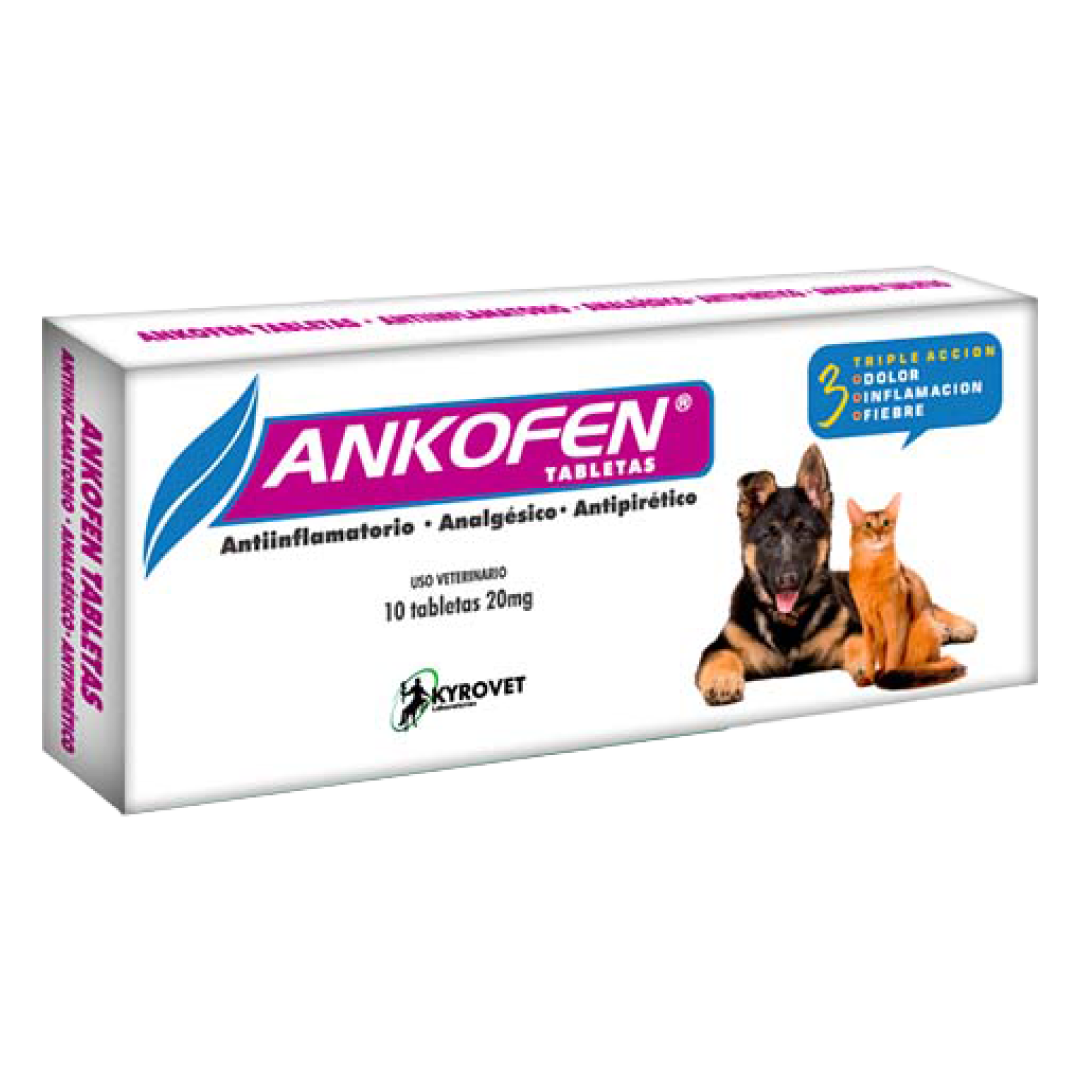 Image 1 of 2
Image 1 of 2

 Image 2 of 2
Image 2 of 2



PREDNICARE
What it is
Oral anti-inflammatory and anti-allergic corticosteroid for dogs and cats; for symptomatic control of inflammation in non-infectious conditions and allergic disorders; also adjunct in antineoplastic therapy (other uses at the veterinarian’s discretion).
Composition (per tablet)
Prednisolone (base) — the page lists: 5 mg per tablet; excipients q.s. 1 tablet. (Note: this is what the official page shows on the Prednicare 20 entry.)
Indications
Dogs & cats: symptomatic control of allergy and inflammation in non-infectious pathologies; co-adjuvant in neoplastic protocols; other indications per veterinarian.
Dosage & Route
Oral.
For symptomatic control of allergy/inflammation: 0.5–1 mg/kg/day.
As adjunct for autoimmune disorders: 2–4 mg/kg.
As part of antineoplastic protocols (where prednisolone is indicated): 0.1–2 mg/kg, depending on protocol and tumor type.
Glucocorticoid replacement in canine hypoadrenocorticism: 0.1–0.3 mg/kg/day; taper to the minimum effective dose and increase during stress (illness, surgery, travel). Monitor electrolytes weekly at initiation until stable, then every 3–4 months. Dose, frequency and duration depend on condition and patient response and are set by the veterinarian.
Contraindications / Precautions / Interactions
Do not stop abruptly; follow veterinary dosing instructions. Do not use in pregnant females. Prolonged high doses may suppress adrenocortical function and cause adrenal atrophy.
Contraindicated in: bacterial/viral/fungal infections (uncontrolled), demodectic mange, GI ulcers, corneal ulcers, ulcerative colitis, pancreatitis, heart or renal failure, amyloidosis, diabetes mellitus, hyperadrenocorticism, osteoporosis, erosive chronic arthritis, glaucoma; do not use with live attenuated vaccines; avoid if hypersensitive to corticosteroids.
Drug interactions: Enzyme inducers (e.g., phenytoin, phenobarbital, organochlorines, phenylbutazone) may increase corticosteroid elimination; agents using glucuronyl-transferase may inhibit steroid excretion; with furosemide may intensify hypokalaemia; with cardiac glycosides raises risk of arrhythmia/digoxin toxicity in hypokalaemia; concomitant NSAIDs may increase gastric ulceration.
Route: Oral.
Presentation: Box with 10 tablets.
*This content is an informational reference and should not be considered usage recommendations.”
What it is
Oral anti-inflammatory and anti-allergic corticosteroid for dogs and cats; for symptomatic control of inflammation in non-infectious conditions and allergic disorders; also adjunct in antineoplastic therapy (other uses at the veterinarian’s discretion).
Composition (per tablet)
Prednisolone (base) — the page lists: 5 mg per tablet; excipients q.s. 1 tablet. (Note: this is what the official page shows on the Prednicare 20 entry.)
Indications
Dogs & cats: symptomatic control of allergy and inflammation in non-infectious pathologies; co-adjuvant in neoplastic protocols; other indications per veterinarian.
Dosage & Route
Oral.
For symptomatic control of allergy/inflammation: 0.5–1 mg/kg/day.
As adjunct for autoimmune disorders: 2–4 mg/kg.
As part of antineoplastic protocols (where prednisolone is indicated): 0.1–2 mg/kg, depending on protocol and tumor type.
Glucocorticoid replacement in canine hypoadrenocorticism: 0.1–0.3 mg/kg/day; taper to the minimum effective dose and increase during stress (illness, surgery, travel). Monitor electrolytes weekly at initiation until stable, then every 3–4 months. Dose, frequency and duration depend on condition and patient response and are set by the veterinarian.
Contraindications / Precautions / Interactions
Do not stop abruptly; follow veterinary dosing instructions. Do not use in pregnant females. Prolonged high doses may suppress adrenocortical function and cause adrenal atrophy.
Contraindicated in: bacterial/viral/fungal infections (uncontrolled), demodectic mange, GI ulcers, corneal ulcers, ulcerative colitis, pancreatitis, heart or renal failure, amyloidosis, diabetes mellitus, hyperadrenocorticism, osteoporosis, erosive chronic arthritis, glaucoma; do not use with live attenuated vaccines; avoid if hypersensitive to corticosteroids.
Drug interactions: Enzyme inducers (e.g., phenytoin, phenobarbital, organochlorines, phenylbutazone) may increase corticosteroid elimination; agents using glucuronyl-transferase may inhibit steroid excretion; with furosemide may intensify hypokalaemia; with cardiac glycosides raises risk of arrhythmia/digoxin toxicity in hypokalaemia; concomitant NSAIDs may increase gastric ulceration.
Route: Oral.
Presentation: Box with 10 tablets.
*This content is an informational reference and should not be considered usage recommendations.”



